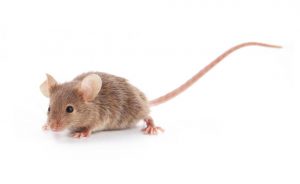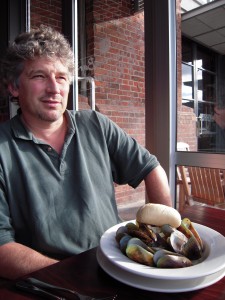Three people have died and one woman has had a miscarriage after eating cold meat contaminated with listeria, the public health institute RIVM said last Friday.

top view of round slices of smoked pork loin ham in transparent plastic tray packaging isolated on white background
Dutch News reports all are thought to have become ill after eating meat products from the Offerman company over the past two years, the agency said. In total, at least 20 people have become ill after eating Offerman cold cuts. The company issued a health warning last Friday and Jumbo, which stocks 135 different products from Offerman, ordered an immediate recall. Aldi too has recalled its Offerman products, which were also widely sold to company canteens.
The source of the infection was traced by the RIVM and product safety board NVWA after an analysis of the different types of listeria infection this week. ‘It has only been recently possible to use this technique and without it, we would not have been able to identify the source,’ the RIVM said.
The factory where the bacteria originates is located in Aalsmeer and has been closed pending a thorough clean-up, the AD reported last Friday afternoon. According to broadcaster NOS the NVWA had ordered Offerman to take extra hygiene measures because there were suspicions that something was going wrong. ‘But this would appear not to have done the job,’ a NVWA spokesman told the broadcaster.
Listeria is particularly dangerous to the elderly and pregnant women and can cause miscarriages. Every year about 80 cases of listeria are reported to the RIVM.









